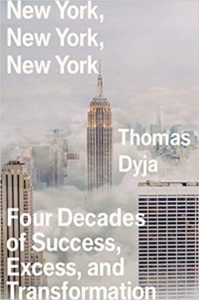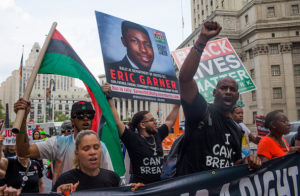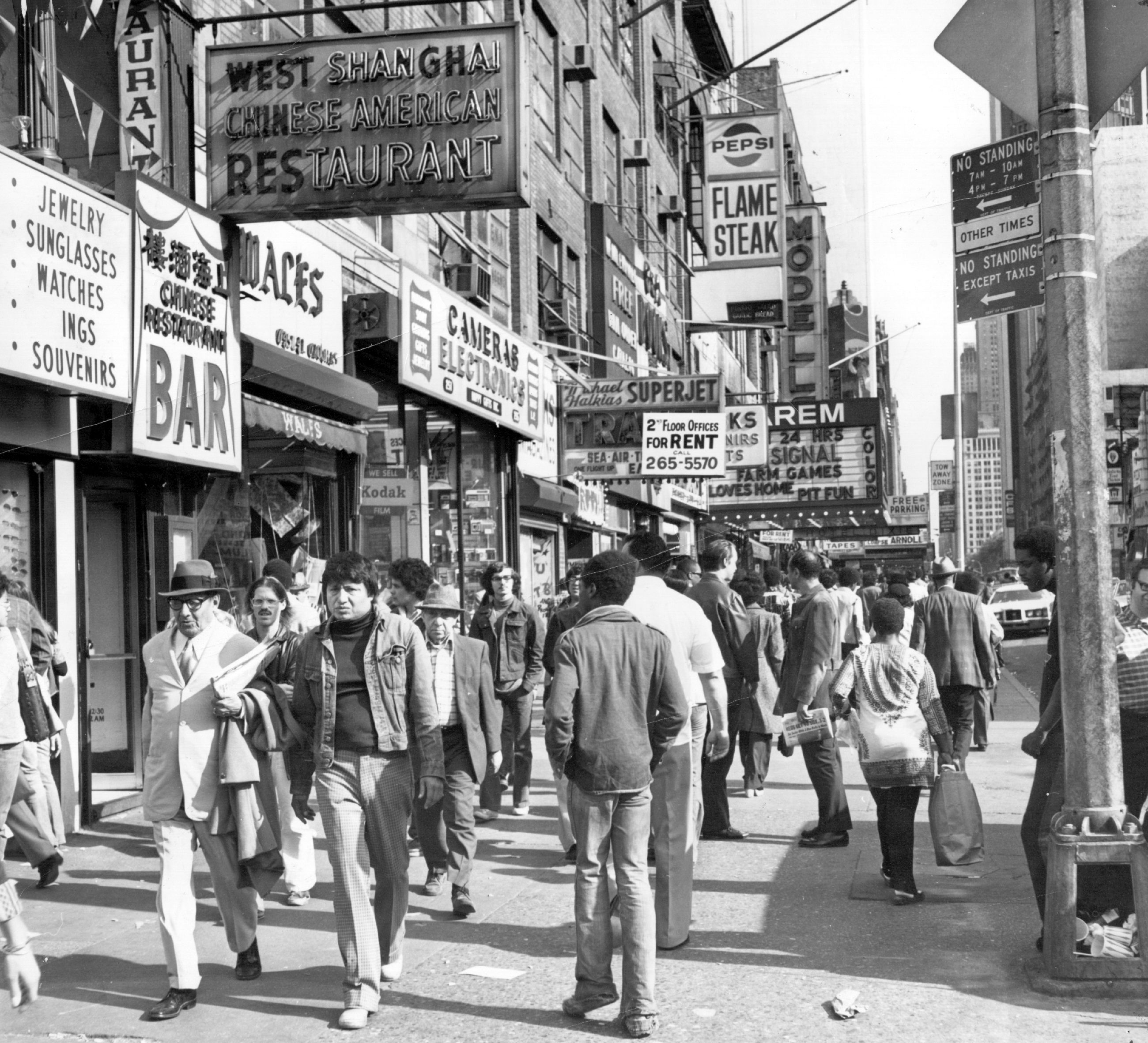
By Thomas Dyja
Simon & Schuster, 2021; $30
In his breathless yet penetrating study of New York City’s sinuous passage between its mid-’70s swerve toward bankruptcy and the emergence of today’s problem-plagued powerhouse, Thomas Dyja bids to be the literary inheritor to Eric Brenn, he of The Ed Sullivan Show’s manic bowl-, glass-, and plate-spinning performances. As Brenn gamely kept his unlikely array of fragile props moving, always a rotation away from catastrophe, novelist/biographer/urbanist Dyja (The Third Coast: When Chicago Built the American Dream) keeps aloft a host of ever-shifting story lines and characters whose arcs add up to the promised 40-year epic and then some. NY3, as the title ought to be shorthanded, is a riveting, revelatory read, omniscient and authoritative and entertaining in its kaleidoscopic scrutiny of the city that never sleeps and is probably picking your pocket right now.

Hanging his story on the mayoralties following John Lindsay’s and Abraham Beame’s, Dyja sufficiently sketches the Lindsay/Beame years to set up the fiscal tumult of 1976-77 that brought Ed Koch to Gracie Mansion on New Year’s Day 1978. Then he’s off on a relentless run of 421 action-, fact-, and insight-packed pages as, to the tune of punk and funk and hip hop the metropolis dances through astounding ebbs and flows through the terms of Koch, David Dinkins, Rudolph Giuliani, Michael Bloomberg, and Bill DiBlasio. If something significant happened in or to New York City in the decades spanning those terms, that something gets perhaps not its entire due but certainly a tip of the Dyja hat as he builds a panoramic, towering mosaic, sometimes gorgeous as in Dinkins’s one memorable phrase, sometimes ugly as in the memories summoned by mentions of Michael Griffith, Amadou Diallo, Patrice Dorismond, and Eric Garner, to name a few. These and many other characters and concerns crowd NY3’s pages, brought to the fore as the city generates and experiences crises arising from race, money, AIDS, immigration, gentrification, 9/11, and police militarization, among others, meanwhile shedding its historic role as a hub of shipping and manufacturing and embracing the acronymic triad of FIRE—finance, information, and real estate—that will be its future, for better and for worse. New York, New York, New York is as irresistibly exhilarating as the city it chronicles. —Michael Dolan is editor of American History.





